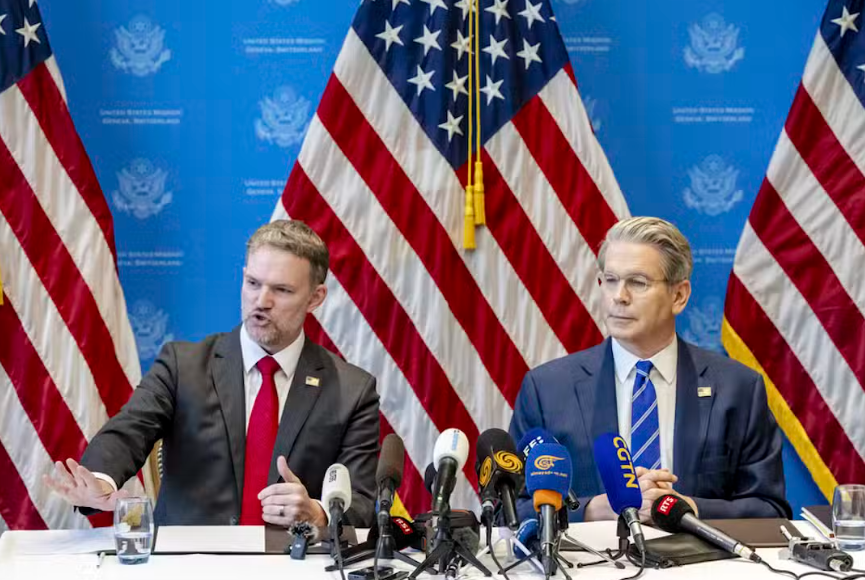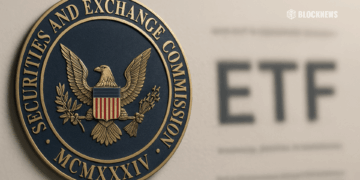- Trump announces a 90-day tariff reduction with China, aiming to open Chinese markets to U.S. businesses.
- The agreement lowers tariffs from 125% to 10% but excludes sectors like cars, steel, and pharmaceuticals.
- Analysts warn that the temporary truce may not lead to a lasting deal, with China still lagging on previous trade commitments.
President Trump is claiming a win on trade with China, announcing a temporary reduction in tariffs as the two countries work toward a broader agreement. On Monday, Trump said both sides agreed to slash tariffs from 125% to 10% for 90 days while negotiators hammer out the details of a more comprehensive deal. “We opened up our country to China. They never did the same for us,” Trump said, adding that the main focus is on opening China’s market to U.S. firms. “I think it’s going to be fantastic for both countries.”
“A Total Reset” – But Not for All Tariffs
While the 90-day truce sounds significant, it doesn’t cover everything. Trump clarified that the cuts don’t apply to existing U.S. tariffs on cars, steel, aluminum, or pharmaceuticals – sectors he says are key to bringing manufacturing jobs back home. “Yesterday, we achieved a total reset with China,” he said, calling the talks “very friendly.” Treasury Secretary Scott Bessent echoed that sentiment, but noted that China still hasn’t fully complied with the previous “phase one” deal.
A New Era for U.S. Businesses?
Trump’s main pitch centers around expanding market access for U.S. companies in China – a longstanding gripe for American firms that have struggled with restrictive trade practices. “The biggest thing we’re discussing is opening up China, and they’ve agreed to do that,” Trump said. But he also cautioned that the deal isn’t set in stone yet. “It’s going to take a while to paper it,” he said, hinting at the complexities involved in formalizing the agreement.
Economic Impact – What’s Next for Markets?
The announcement briefly lifted U.S. equity markets, but the euphoria didn’t last long. Investors remain wary of the temporary nature of the agreement and the lack of specifics on structural trade reforms. The U.S. dollar also gained ground, pressuring export-heavy sectors while Bitcoin and gold fell on the news. “We’re not looking to hurt China,” Trump said, but with the deal still in flux, markets are likely to remain on edge as both sides prepare for the next round of negotiations.

The Bigger Picture – A Battle for Global Influence
While Trump frames the trade talks as a win for U.S. workers, some analysts see a broader geopolitical play. With China still jockeying for global economic dominance, a comprehensive trade deal could reshape international supply chains and alter the balance of power in key industries like tech and manufacturing. Whether Trump can secure a lasting agreement or if this is just another temporary ceasefire remains the big question as both sides head back to the negotiating table.














